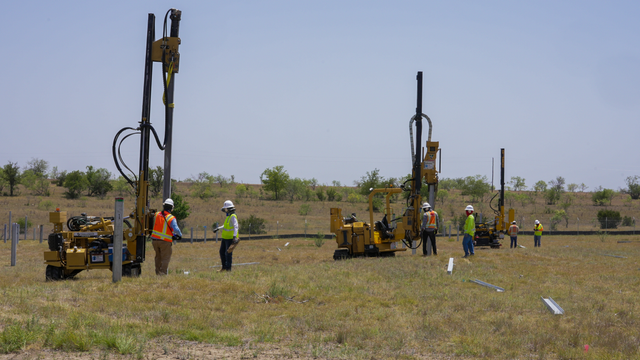perfluorooctanoic acid (PFOA) and perfluorooctanesulfonic acid (PFOS) exceeds $3.2 billion annually. Those costs comes out of the wallets of ratepayers, and with rising costs across the board, there will inevitable frustration.
An eye toward the future
As presidential administrations change, so does the regulatory landscape. The survey for this report was conducted in February 2025, just a few weeks into the new administration, providing a snapshot of how utilities were responding to new changes in funding, policy and investment planning.
The data reinforced how water utilities remain true to their mission of delivering safe and reliable water — along with responsibly managing wastewater and stormwater. As the industry evolves, they are looking for innovation and ways to harness data to bolster their resilience. It comes at a time of challenges such as climate change impacts, increasingly sophisticated cyber attackers, the rise of hyperscale data centers and contamination threats.
A bolder vision for utilities and those helping guide them will be the name of the game in ensuring a clean, reliable and sustainable water supply for their customers and communities.











